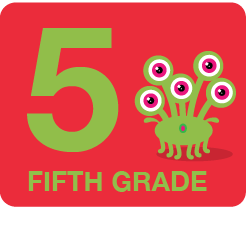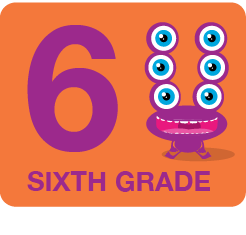This 4-page workbook will help you understand decimals better! Pages 1 and 2 provide a quick refresher on how to write numbers with decimals. Page 3 is all about rounding. And finally, page 4 challenges you to express decimals as fractions. Read the clues and solve the problems.
Place Values of Decimals: Students must understand the place values after the decimal point. They need to comprehend the tenths, hundredths, thousandths, and so forth and how each place relates to a fraction (1/10 or 1/100).
Comparing and Ordering Decimals: Students should learn how to compare and order decimals. They need to comprehend that they can't directly compare decimals like whole numbers. For example, while 0.8 is larger than 0.75 in decimals, it's the opposite in whole numbers (8 is less than 75).
A fifth-grade teacher can teach decimals by starting with basic concepts such as what a decimal is, where it fits in the number line, and how it represents fractions. They can use visuals like base-10 blocks and decimal grids to show how a decimal is a fraction with denominators 10, 100, 1000, etc. They can then move to relate decimals with money, as money is a familiar concept to students where $0.01 is 1 cent, $0.10 is 10 cents, and so on, making it easier for the students to see that decimals are just parts of a whole.
Learn with Dezi: Decimals Workbook
GRADES:


Additional Educational Resources:
Decimals Large Workbook - (Grade 5)
Number Lines and Negative Numbers Large Workbook - (Grade 6)
Basics of Fractions and Mixed Numbers (Grade 5 - Math Assessment)
Decimals (Grade 4 - Math Assessment)

